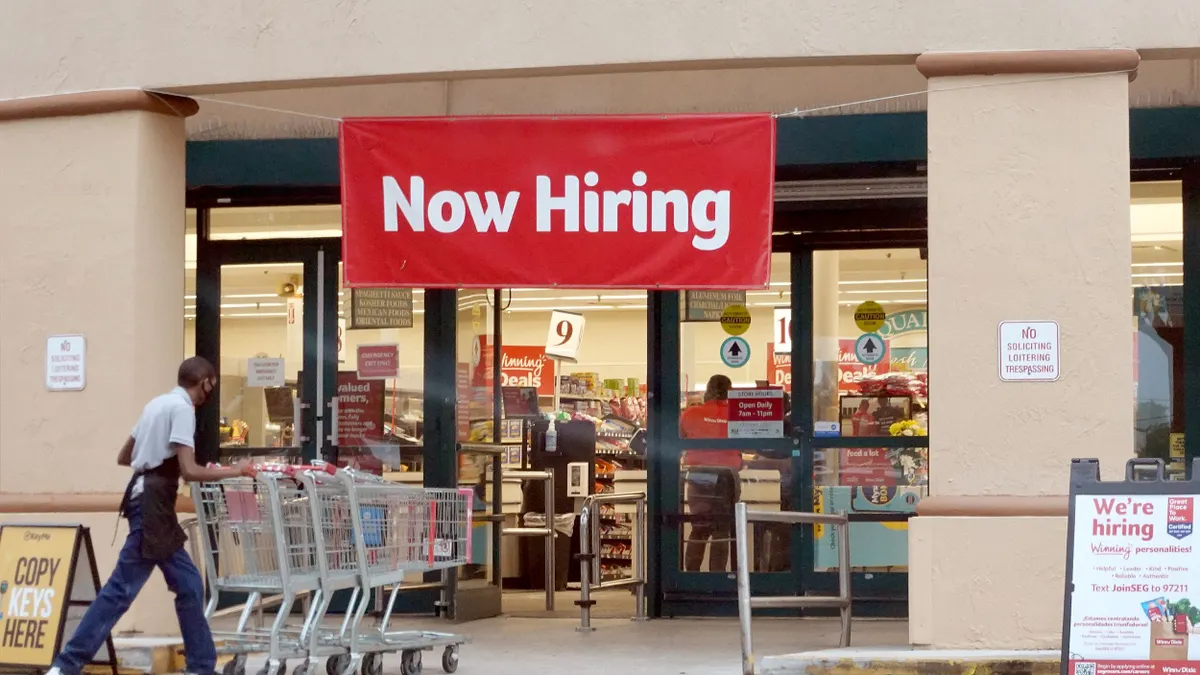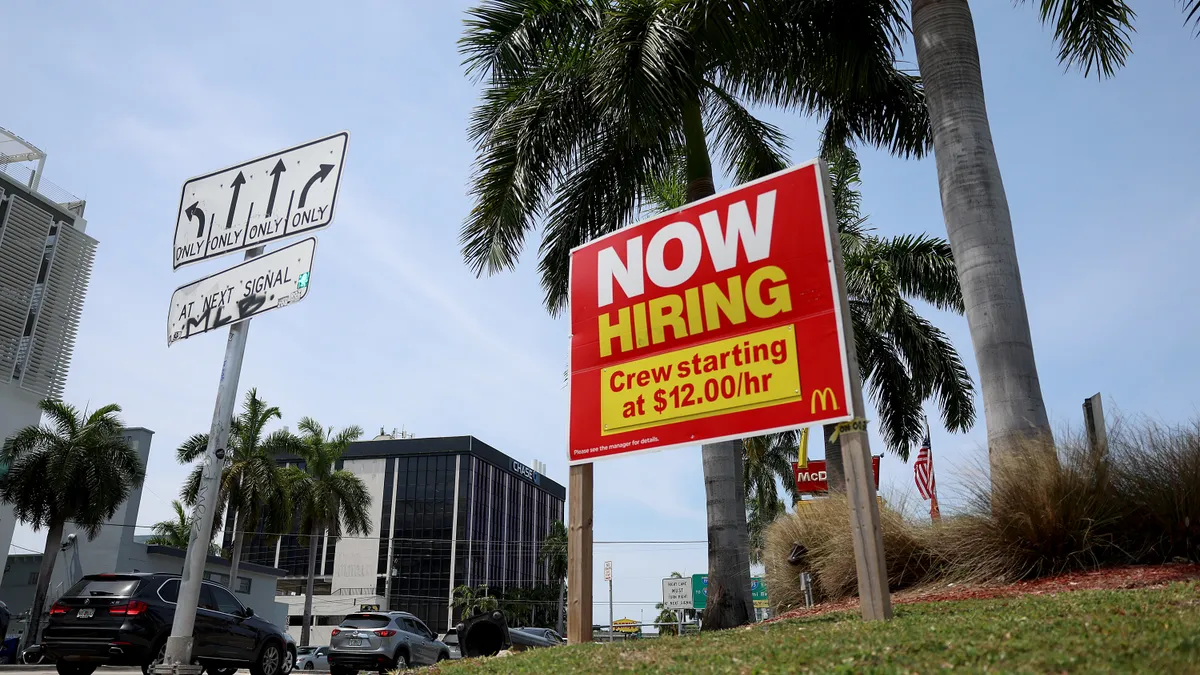Larry Hartmann is CEO and president, and Wendy Murphy is managing partner, leading the global human capital practice at talent advisory firm ZRG Partners. Views are the authors' own.
We are in a talent crisis. The past two years have shown us all that the new normal is actually disruption: disruption not in the buzzword sense of the new app that makes your life easier, but in the very literal and destabilizing sense.
Some companies have thrived in this environment and many others have struggled. Never before has the role of chief human resource officer been more important or more difficult.
Approach skills differently
Resignations, wage compression, an ongoing pandemic and the conjoined problems of retaining and attracting top talent all add up to one key need: to think differently and creatively about hiring 2022 and beyond. Consider undertaking programs that look into accessing under-examined potential workforces, even if that means building a program that seems more directed at social improvement than recruitment.
Focus less on lengthy lists of requirements for job descriptions and more on a few key competencies a prospective employee needs to succeed in that position. This approach yields greater flexibility in sourcing top talent across industries by focusing on big-picture transferrable skills over detailed task-oriented skills that can be taught.
Eliminate extra steps in the application and hiring process to get to the offer stage faster. Think about creating more opportunities for people from adjacent industries with transferrable skills, but not industry-specific skills. These lateral movers can join and build a new career path with the company through scholarships and training for new hires to progress several levels professionally.
The companies that can best weather this talent shortage will be those that can do the necessary lateral thinking to find the talent with the core skills necessary for success who can also quickly learn requisite industry-specific skills. Breaking through industry silos will be critical to attracting the best and brightest.
Rethink the hiring process
Understand that lack of speed kills. The 60- to 90-day candidate hiring process of 2020 does not work in 2022. Top candidates are being expedited through hiring processes in days and weeks, not months. For companies that expect top candidates to wait through months of time and numerous rounds of interviews, it is time to evolve or lose the war for talent.
Forget about old thoughts around offers. Today’s top talent is being offered base salary increases as high as 50% for in-demand roles and other financial incentives on top of core pay. Expect your target candidates to receive counteroffers and inducements to stay in their current role and think about your offer in the context of today’s lenses, not 2020 vision. If you have to fill a role, throw away the compensation study and land the right candidate, but also think about the long-term incentive piece for retention.
Broaden the scope of your search without lowering the bar for talent. This war for talent is creating opportunity for clients to consider talent from different industry backgrounds and profiles. As a client, you are not going to get your 10 out of 10 perfect skills and experiences with every hire, so focus on talent that can grow and learn. Perfect is the enemy of progress; being flexible in filling the open role with the best available options instead of waiting months for a candidate who is perfect on paper may make more sense.
Understand how work has changed. The days of solving your talent problems with only traditional labor in an office is over, with temporary employees, independent contractors and remote work emerging as common alternatives. Requiring top talent to relocate can cost you the best candidate. Hybrid work options for leaders are prevalent in all industries. The other trend we are seeing is the emergence of interim on-demand talent to tackle project work. In the past, many companies shunned high-end interim support in favor of direct hiring, but today focusing on resources to solve problems often can lead to an interim solution. Explore new ways to solve people problems.
CHRO success beyond 2022
The COVID-19 pandemic has stretched past two years. While there are hopeful signs that it is slowing and ending, employers can't rely on the excuse of pandemic-related disruption to paper over business struggles any longer. We have seen a total paradigm shift in the way work works, and anyone stuck in the old paradigm will face incredible struggles to remain relevant.
How, then, can we think about evaluating the success of a CHRO in 2022 and beyond? Old metrics seem inadequate. Given the shifts in the talent market and the compression of wages, it seems unwise to grade a CHRO negatively on payroll budget increases.
Given those seismic shifts in the workforce, can we look on missed earnings due to a lack of talent necessary to execute plans as something that can be avoided, or is such a situation now at the whim of luck? Should creativity in solving people problems be the standard of success for the CHRO of 2022?
The successful CHRO of the future will not only be a steady hand on the wheel but be a change-maker able to navigate between the needs and wants of senior leadership on the one hand and the workforce at large on the other. Creativity and foresight must be the new watchwords for today’s CHRO, who is likely facing a daily battle to solve people problems in new ways in 2022.





















